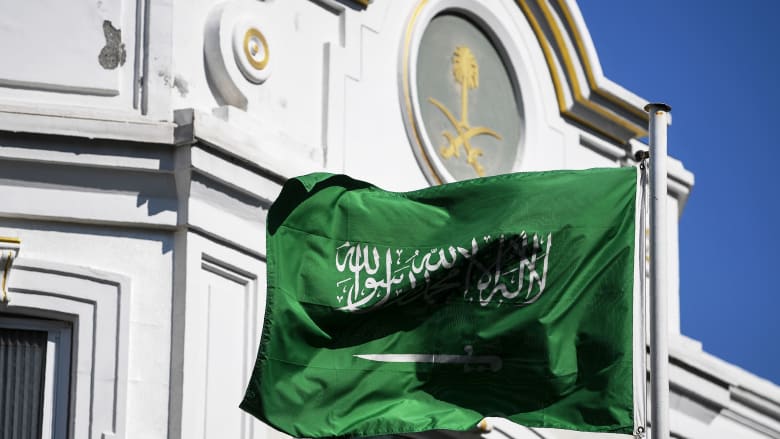Saudi Arabia's annual inflation declined to 1.7% in September, down from 2% the previous month, government data showed Sunday, as prices remained stable.
The main driver of inflation is still housing rents, which increased 9.8%, contributing to an 8.1% rise in prices of housing, water, electricity, gas, and other fuels, which grew 8.1%, the General Authority for Statistics reported.
Restaurants and hotel prices rose by 2.5%, while education prices increased by 1.8%. But, furnishings, household equipment, and maintenance prices decreased by 2.8%, while clothing and footwear prices also fell by 3.6%. Food and beverages prices went down by 0.2%.
The monthly consumer price index was affected by the rise in housing, water, electricity, gas, and other fuel prices by 0.3%. Transport costs decreased by 0.5% in September compared to August, while prices for furnishings and household equipment fell by 0.1% during the same period.
Saudi Arabia has slashed its growth outlook for 2023 expecting real Gross Domestic Product (GDP) to expand by 0.03%, compared with a previous growth forecast of 3.1%, with the revision attributed to "the voluntary reduction in oil production."
The kingdom expects to post a budget deficit of 2% of GDP this year, compared with an earlier projection for a 0.4% surplus.
Meanwhile, real GDP is expected to grow by 4.4% in 2024, 5.7% in 2025, and 5.1% in 2026.
Saudi Arabia's economy grew 8.7% last year, thanks to high oil prices, allowing the kingdom to post its first budget surplus in almost a decade.










